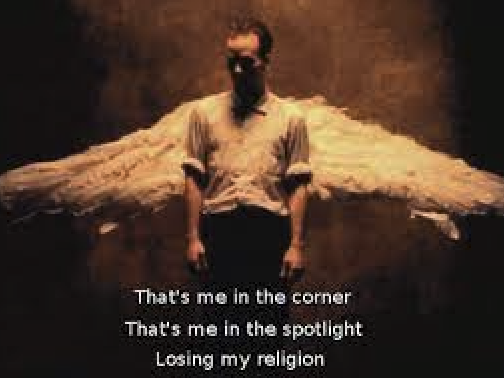All of us have been watching news of the devastating wildfires in Hawaii.
That’s where we start our weekly roundup of the top headlines and best reads in the world of faith.
What To Know: The Big Story
Wildfires’ human toll: At least 55 people are dead in Hawaii’s worst natural disaster, and that number will likely rise as search and rescue operations continue, The Associated Press reports.
President Joe Biden, Pope Francis and other prominent leaders and ordinary people around the world are offering prayers.
Up in flames: The fires leveled the historic town of Lahaina on Maui, destroying cultural landmarks, according to ABC News.
Those landmarks include the Waiola Church, the first Christian church on Maui; and the Baldwin Home, its oldest house, which served as a missionary compound around 1834.
A Buddhist temple also is among the sites feared lost or damaged, as are Episcopal and Methodist churches.
USA Today’s Terry Collins shares these heartbreaking reflections from a leader of the Waiola church:
It took just two words for Judy Kinser to describe her beloved historic church on the island of Maui, which just celebrated its 200th anniversary three months ago.
"Destroyed. Devastating," Kinser, treasurer and office administrator at Waiola Church in Lahaina, Hawaii, said Wednesday. "Not sure if the church building and preschool buildings (are) also gone."
As word and images of the wildfires began spreading across the town of Lahaina, longtime member Anela Rosa, the church's lay minister of 13 years, tearfully confirmed the worst.
"It's gone, the social hall, the sanctuary, the annex, all of it," Rosa told USA TODAY Wednesday. "It is totally unimaginable."
Relief efforts: As always after disasters, faith-based organizations are mobilizing help.










